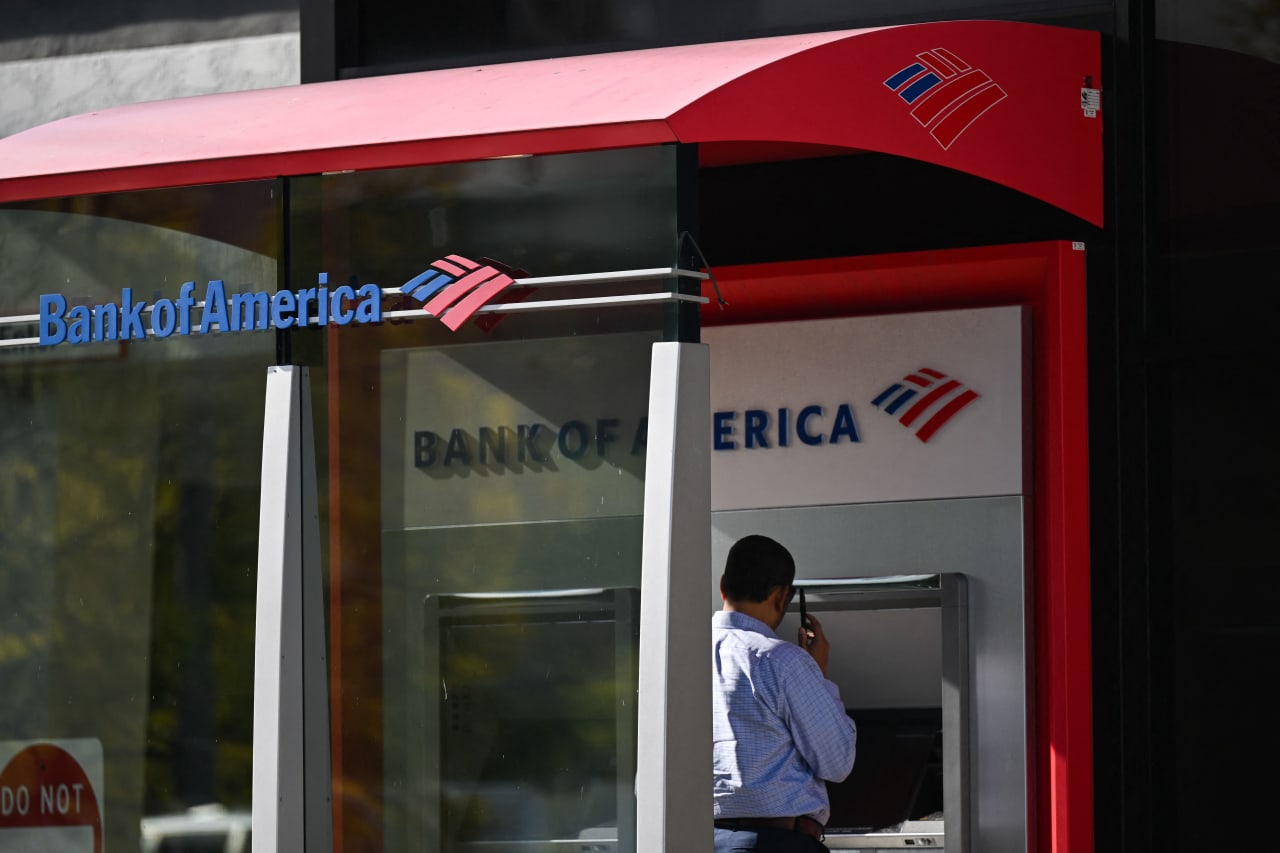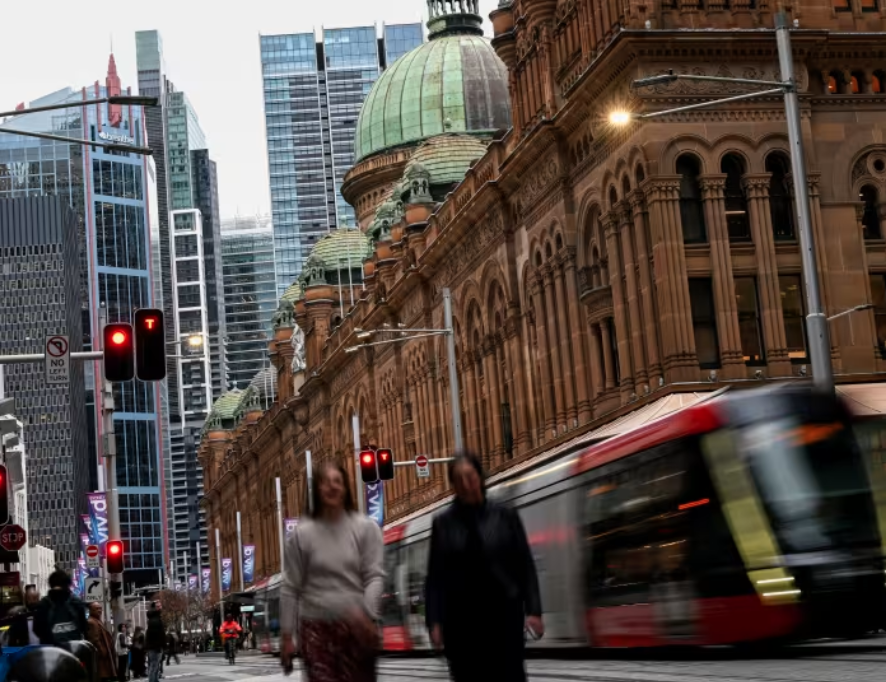The Real Reason You’re Having a Hard Time Getting Things Done at the Office
Working from home altered our brains. We need more office time to fix them.
If you still don’t have your office groove back, there might be a scientific explanation. Hybrid work arrangements mess with our brains.
Frustrated bosses who survey their half-empty officescapes say it makes no sense that somebody who worked full time in an office before 2020 can’t show up like they used to. But neurologists and behavioural scientists say the collective amnesia for effectively working alongside each other makes perfect sense to them.
Some workers have lost the muscle memory in their minds required to get jobs done in an open-office setting and, like flabby biceps, that muscle has to be exercised to strengthen, says S. Thomas Carmichael, professor and chair of the neurology department at UCLA’s David Geffen School of Medicine.
After years of remote work, our brains’ selective attention skills and ability to block out distractions is weakened, Carmichael says. Those who prefer to work from home might not like one of his remedies: Make yourself work from the office more often.
“The brain is really good at understanding contingencies, so if we just say ‘I’ll just get this done when I’m at home,’ we don’t learn it as well,” he says.
Drowning in a sea of ‘what ifs?’
Knowing how effective working from home can be has created a simmering unhappiness, says organisational psychologist Cathleen Swody. Many workers lose their uninterrupted autonomy in social office spaces.
Maryia Babinova, a senior software engineer in New York City, tried going into her office several days a week back in 2021 and found it nearly impossible to be productive.
“The first 30 to 45 minutes of my day were taken up by saying hello to everybody,” she says.
Babinova says even small office time wasters have become a major annoyance. A trip to the office coffee machine, for instance, can take as long as 15 minutes when there’s a line. At home, she says, caffeine is at her fingertips, keeping her on task.
Now, Babinova only shows up in person when her team members visit from another city. At the office, she works on tasks that don’t require a heavy mental lift so she can get them done.
Constantly comparing 2023’s office realities with alternative remote-work setups can add to workers’ readjustment woes, says Laura M. Giurge, an assistant professor at the London School of Economics, who teaches a course on the science of time at work.
When people start to ponder what life would be like if their circumstances were different, they can rapidly end up drowning in a sea of “what ifs,” a psychological concept known as counterfactual thinking.
“Now, when we go to the office, we have the counterfactuals of our home offices,” Giurge says. “We know how much better things would be…how much more work we might get done.”
It’s hard to un-remember how nice it was to take the dog for a walk midday, or how helpful it was to log out at 4 p.m. to get dinner started and log back in later. Running through scenarios of how time could be better spent takes up precious brainpower, distracting us from the real work at hand, psychologists say.
Unsettling quiet
Getting used to working with background noise takes time.
Many workplaces are quieter now because they are less crowded, and that means there can be periods of dead silence punctuated by sudden noise that feels magnified, jarring people again and again all day long. Even toggling between work-from-home solitude one day to a noisy office the next can have a similar effect.
“We have to habituate ourselves to all those distractions all over again in order to get any good work done,” says Vanessa Bohns, a professor of organisational behaviour at Cornell University. She points to research that shows it takes 20 minutes to get used to background noise, but five minutes of silence before bringing back the noise forces the brain’s process to start over again.
Many workers and a few bosses now view the office as a place to collaborate, but not the only place to do head-down individual work.
In a large-scale survey published by Microsoft last year, 84% of employees cited connecting with co-workers as their key motivation for working in person. More than 70% said they would go to the office more frequently if they knew their direct team members or work friends would be there.
“The data shows we can’t only see the office as a place to get focused work done,” said Colette Stallbaumer, Microsoft’s general manager of Future of Work.
Lynn Dang, a software developer in the Dallas area, uses her three mandatory office days for face-to-face meetings and work that doesn’t require intense concentration.
When she transitioned back to the office last year, she noticed she couldn’t concentrate on reading code like she could while working from home. Loud team discussions and overhearing one-sided conversations amid the cubicles from people who were on the phone or dialled into video meetings created a constant assault on her senses.
“It was like I’m gonna have to find something to do on my to-do list that would make me productive,” she says. “Otherwise I’m going to have to keep working overtime or working over the weekend just to get stuff done.”
 Copyright 2020, Dow Jones & Company, Inc. All Rights Reserved Worldwide. LEARN MORE
Copyright 2020, Dow Jones & Company, Inc. All Rights Reserved Worldwide. LEARN MORE
This stylish family home combines a classic palette and finishes with a flexible floorplan
Just 55 minutes from Sydney, make this your creative getaway located in the majestic Hawkesbury region.
When will Berkshire Hathaway stop selling Bank of America stock?
Berkshire began liquidating its big stake in the banking company in mid-July—and has already unloaded about 15% of its interest. The selling has been fairly aggressive and has totaled about $6 billion. (Berkshire still holds 883 million shares, an 11.3% interest worth $35 billion based on its most recent filing on Aug. 30.)
The selling has prompted speculation about when CEO Warren Buffett, who oversees Berkshire’s $300 billion equity portfolio, will stop. The sales have depressed Bank of America stock, which has underperformed peers since Berkshire began its sell program. The stock closed down 0.9% Thursday at $40.14.
It’s possible that Berkshire will stop selling when the stake drops to 700 million shares. Taxes and history would be the reasons why.
Berkshire accumulated its Bank of America stake in two stages—and at vastly different prices. Berkshire’s initial stake came in 2017 , when it swapped $5 billion of Bank of America preferred stock for 700 million shares of common stock via warrants it received as part of the original preferred investment in 2011.
Berkshire got a sweet deal in that 2011 transaction. At the time, Bank of America was looking for a Buffett imprimatur—and the bank’s stock price was weak and under $10 a share.
Berkshire paid about $7 a share for that initial stake of 700 million common shares. The rest of the Berkshire stake, more than 300 million shares, was mostly purchased in 2018 at around $30 a share.
With Bank of America stock currently trading around $40, Berkshire faces a high tax burden from selling shares from the original stake of 700 million shares, given the low cost basis, and a much lighter tax hit from unloading the rest. Berkshire is subject to corporate taxes—an estimated 25% including local taxes—on gains on any sales of stock. The tax bite is stark.
Berkshire might own $2 to $3 a share in taxes on sales of high-cost stock and $8 a share on low-cost stock purchased for $7 a share.
New York tax expert Robert Willens says corporations, like individuals, can specify the particular lots when they sell stock with multiple cost levels.
“If stock is held in the custody of a broker, an adequate identification is made if the taxpayer specifies to the broker having custody of the stock the particular stock to be sold and, within a reasonable time thereafter, confirmation of such specification is set forth in a written document from the broker,” Willens told Barron’s in an email.
He assumes that Berkshire will identify the high-cost Bank of America stock for the recent sales to minimize its tax liability.
If sellers don’t specify, they generally are subject to “first in, first out,” or FIFO, accounting, meaning that the stock bought first would be subject to any tax on gains.
Buffett tends to be tax-averse—and that may prompt him to keep the original stake of 700 million shares. He could also mull any loyalty he may feel toward Bank of America CEO Brian Moynihan , whom Buffett has praised in the past.
Another reason for Berkshire to hold Bank of America is that it’s the company’s only big equity holding among traditional banks after selling shares of U.S. Bancorp , Bank of New York Mellon , JPMorgan Chase , and Wells Fargo in recent years.
Buffett, however, often eliminates stock holdings after he begins selling them down, as he did with the other bank stocks. Berkshire does retain a smaller stake of about $3 billion in Citigroup.
There could be a new filing on sales of Bank of America stock by Berkshire on Thursday evening. It has been three business days since the last one.
Berkshire must file within two business days of any sales of Bank of America stock since it owns more than 10%. The conglomerate will need to get its stake under about 777 million shares, about 100 million below the current level, before it can avoid the two-day filing rule.
It should be said that taxes haven’t deterred Buffett from selling over half of Berkshire’s stake in Apple this year—an estimated $85 billion or more of stock. Barron’s has estimated that Berkshire may owe $15 billion on the bulk of the sales that occurred in the second quarter.
Berkshire now holds 400 million shares of Apple and Barron’s has argued that Buffett may be finished reducing the Apple stake at that round number, which is the same number of shares that Berkshire has held in Coca-Cola for more than two decades.
Buffett may like round numbers—and 700 million could be just the right figure for Bank of America.
This stylish family home combines a classic palette and finishes with a flexible floorplan
Just 55 minutes from Sydney, make this your creative getaway located in the majestic Hawkesbury region.






















